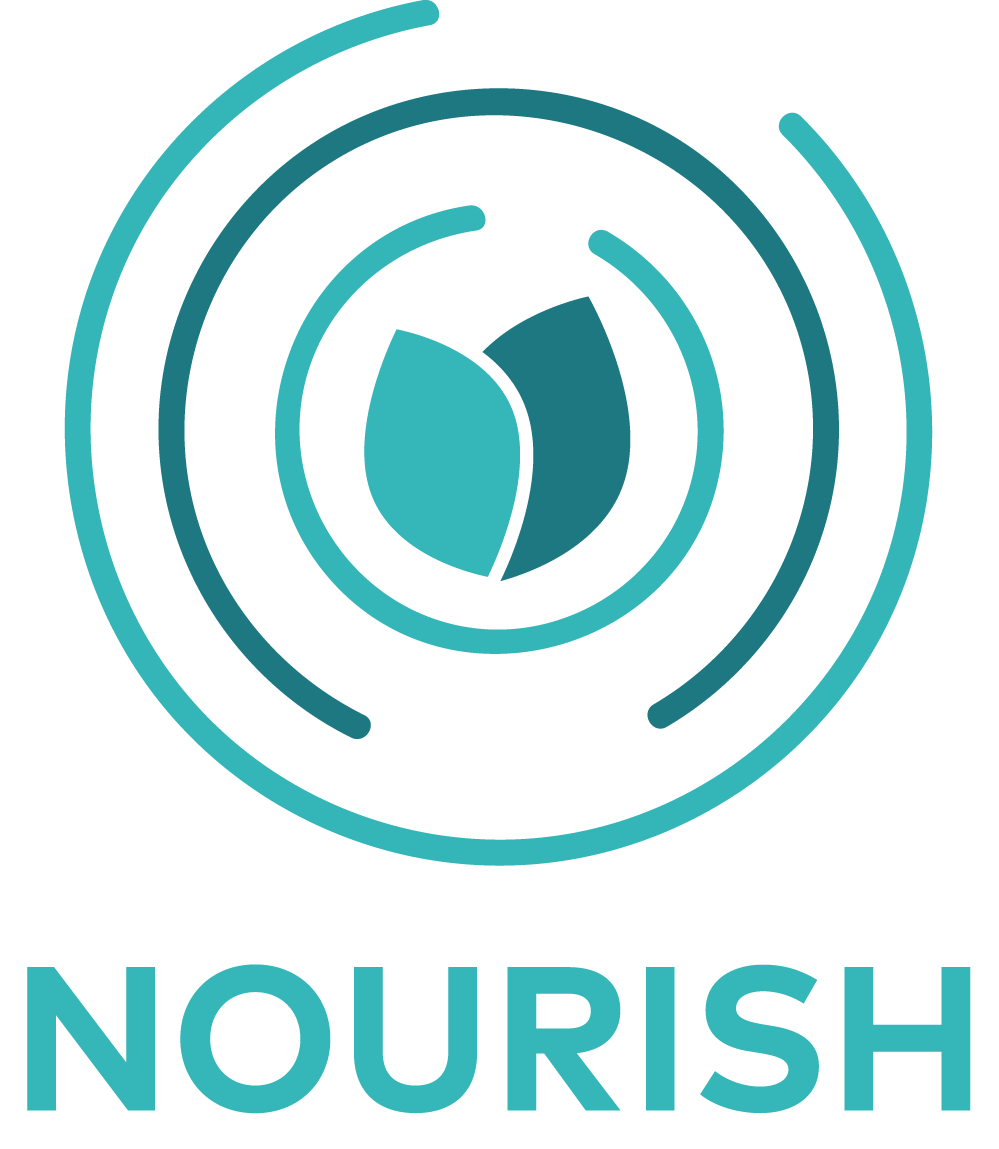As Marie leaves the clinic, she looks at the prescription she received from her community health center, which includes a prescription for fresh fruits and vegetables and a gift card for the farmer's market at the metro station near her house.
Elsewhere, Khalil is being discharged from the hospital after being treated for a stroke. He's feeling hopeful because in addition to physiotherapy exercises, he also has a meal kit to prepare food for the first few days at home, a welcome comfort as he has been unable to work.
Mae is a community dietitian who opens the door to a wintry landscape, welcoming in a hunter who has brought in wild game that has been butchered and prepared for use at the hospital where Mae manages a traditional foods program.
Some of these glimpses into the future, though not established yet, show what is possible as the Nourish Anchor Cohort moves from understanding wicked problems in their communities, to identifying interventions, and now preparing to test the viability of those interventions in real-world settings. In the nine months since the Anchor Cohort began in 2021, the seven teams have brought together stakeholders from health care, community organizations, Indigenous leaders, academia, environmental groups, and more, breaking through the silos that often separate sectors.
So far in 2022, teams have received coaching from experts at the Transition Design Institute at Carnegie Mellon University, helping them to outline a variety of visions for post-colonial, equitable futures in which communities are food secure and supported by sustainable food systems that serve them for many years to come. A wide breadth of interventions were identified across the seven collaborative teams, totalling 223 ideas that include food security screening, fresh food prescriptions, and increasing access to traditional foods in hospitals.
While most of these ideas bring together health, equity, and sustainability, they each have a particular focus:
An example of teams identifying pathways of interventions using Nourish’s Food for Health Levers diagram.
With the surge of Omicron, COVID-19 has undeniably impacted the health sector, which is stretched beyond capacity with staff shortages, redeployment, and signs of burnout. Still, Cohort members have expressed that thinking not only of a post-COVID future, but also a future of food resilient communities, has been a boost in hard times.
With financial and coaching support from Nourish, the teams will now move forward with prototyping their ideas. They will experiment with a portfolio of interventions that respond to the complexity of the problems they’ve identified. This work will rely not only on financial resources, but also on relationships within each team and with prospective partners. These relationships sit at the heart of multi-disciplinary, intersectoral working – the only way of working that can ultimately move us toward the large-scale systems transformation that we need.





